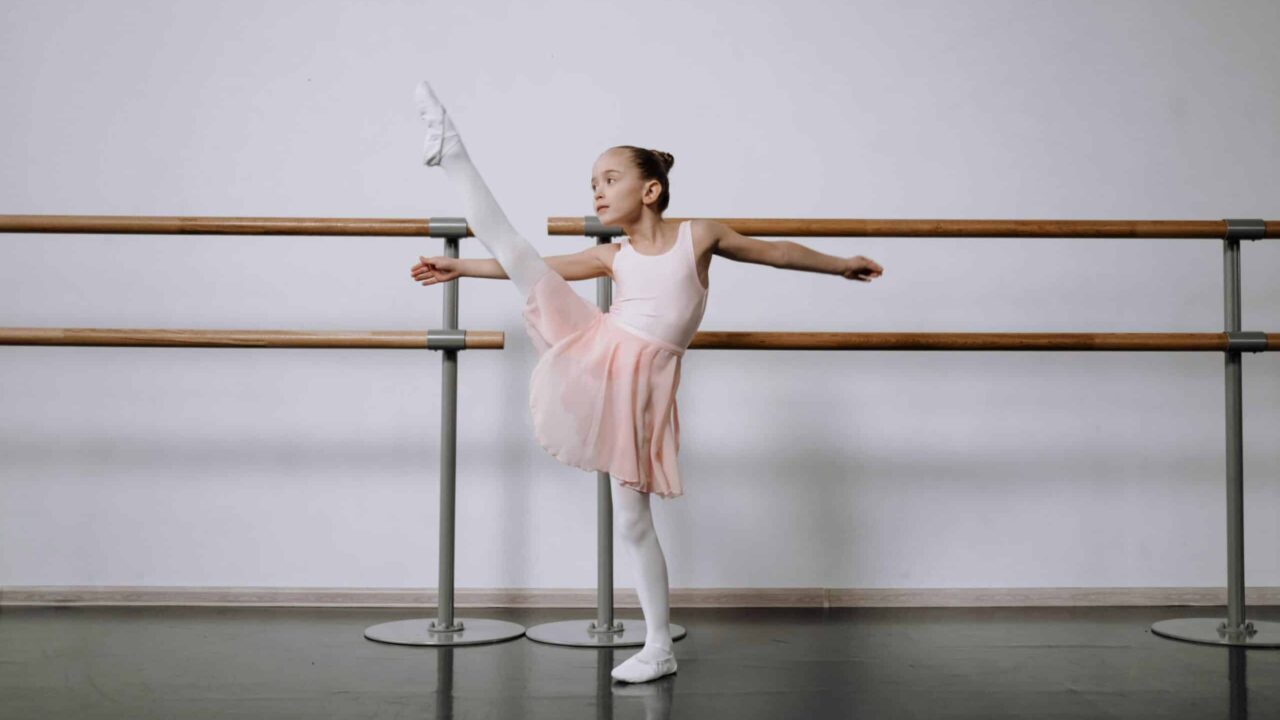9 Signs Your Child Might Be A Toe Walker

First up, let’s understand the signs your child might be showing signs of being a toe walker.
- The Tippy-Toe Trot: The most obvious sign is walking exclusively on the balls of the feet, with no heel contact.
- The Clumsy Companion: Toe walking can affect balance and coordination, leading to frequent stumbles or falls.
- The Shoe Struggle: Shoes that show excessive wear on the toes and minimal wear on the heels are telltale signs of trouble.
- The Tight Calf Conundrum: Tightness in the calf muscles (gastrocnemius) can limit ankle movement, making it difficult to flatten the foot during walking.
- The Developmental Delay: Sometimes, toe walking can be associated with developmental delays like cerebral palsy.
- The Sensory Seeker: Children with sensory processing challenges might toe walk for the sensory input it provides on their feet.
- The Habitual Hoofer: Sometimes, toe walking becomes a habit the child isn’t aware of, especially if it starts early.
- The Short Leg Discrepancy: A slight difference in leg length can cause a child to toe walk to compensate for the unevenness.
- The Weak Ankle Stabilizers: Weak ankle muscles can make pushing off the ground with the entire foot difficult, causing toe walking.
What Does Being A Toe Walker Mean?
A child being a “Toe Walker” is exactly what it sounds like – walking on the balls of your feet without touching the ground using your heels. Although it may seem harmless, especially in young children, persistent toe walking can lead to various problems.
Why Do Children Toe Walk?
There are several reasons why a child might toe walk. Here are some of the most common ones:
- Tight calf muscles: Tight calf muscles can make it difficult for a child to flatten their feet when they walk.
- Developmental delay: In some cases, toe walking may be a sign of a developmental delay, such as cerebral palsy.
- Habit: Sometimes, children develop a habit of toe walking and may not even realize they are doing it.
When Should You Be Concerned About Toe Walking?
If your child is still toe-walking by age two, scheduling an appointment with their pediatrician is a good idea. Early intervention is key to addressing any underlying conditions that may be causing the toe-walking.
How Can Toe Walking Be Treated?
Treatment for toe walking will depend on the underlying cause. In many cases, simple stretches and exercises can help to loosen tight calf muscles. In other cases, your child may need to wear special braces or shoes.
How Can a PT or Chiropractor Help with Toe Walking In Kids?
If you suspect your child is a toe walker, a pediatric PT or Chiropractor can be your best resource. Here’s what you can expect:
- Comprehensive Evaluation: The PT will assess your child’s walking pattern, muscle strength, and flexibility, and any potential underlying conditions.
- Personalized Treatment Plan: Based on the evaluation, the PT will develop a program that might include:
- Stretching exercises to address tight calf muscles.
- Strengthening exercises to improve ankle stability.
- Balance and coordination activities to promote proper gait.
- Gait training to retrain the walking pattern.
- Taping or splinting, in some cases, provides support and encourages proper foot placement.
- Early intervention is key! The sooner toe walking is addressed, the easier it is to correct and prevent potential complications like ankle pain, tight hamstrings, and abnormal foot bone development.
- Bonus Tip: Encourage barefoot walking on safe surfaces at home to promote sensory input and naturally strengthen the foot muscles.
Here’s How You Can Help Your Child With Toe Walking At Home
Let’s look at some of the ways you can help your child work through being a toe walker!
Try Different Shoes
Try more “fun” shoes. Wearing cowboy boots, rain boots, or even flippers can make a difference! The clunkier the shoe, the easier it is to step flat. I also have a total shoe guide you can download for free here!
Squat it out… literally
The squat position is MONEY when it comes to developing leg muscles. Encourage prolonged squatting in your child by using toys and different activities on the floor.
Single Heel Touches
Place an object at least a few inches tall on the ground and have your kiddo “step” on it while walking. Ideally, you would set up a few of these objects and have them perform the step, alternating the leg each time. This will help normalize the gait and remove the option to toe step.
Back it up
Walking backward encourages a weight shift towards the heels, which leads to lifting. Make a fun game out of it and race your little one in a backward walk!
Slider pulls
Using two flattish objects like frisbees or discs, place each one under the heel of your child’s feet. Then, have them try to drag their feet, effectively dragging the objects! If their heels stay flat, the objects should slide along.
Final Thoughts on Toe Walking
The good news? Therapy can most definitely help with toe walking. The harder news – it requires work. Anything that takes weeks to develop will take some time to reverse. Typically, your little one takes three months of independent walking to adopt a mature gait.
If you see your little toe walking for about a month, be sure to contact me. We can work together to better understand their issue and find a solution!

